
By Bernard Yaw ASHIADEY and Joshua Worlasi AMLANU
CalBank Plc has outlined a robust strategy to recover GH¢900 million in impaired loans by the end of 2024, an ambitious goal aimed at reinforcing the bank’s financial health and enhancing shareholder value.
The Bank has so far recovered GH¢712.5 million, with substantial recoveries from clients across the hospitality, construction, and services sectors.
This loan recovery effort aligns with CalBank’s overarching strategy to strengthen its balance sheet while preserving capital, especially crucial following the banking sector challenges over recent years.
The bank has employed a proactive approach to loan recovery, including a combination of legal measures and the liquidation of collateral assets.
For Q3 2024, CalBank reported a significant net impairment gain of GH¢232.7 million on its financial instruments, a substantial increase from the GH¢63 million gain recorded for the same period in 2023.
This improvement can be attributed to the bank’s concentrated efforts to recover value from its impaired loans portfolio.
According to the bank’s management, these gains resulted from the successful collection of GH¢207 million from previously written-off or provisioned accounts, and a GH¢25.7 million reversal in bond impairments, following CalBank’s participation in the government’s Domestic Debt Exchange Programme (DDEP) rounds 1 and 2.
Carl Asem, Managing Director of CalBank Plc, explained that this recovery drive stems from a focused strategy to mitigate the impacts of previous impairments by actively reclaiming overdue amounts.
“When you experience losses and take those impairments, the next logical step is to be very aggressive in recovering the non-performing loans. These are shareholder funds which must be collected,” Mr. Asem shared in an exclusive interview with the Business and Financial Times (B&FT).
He emphasized that the bank’s commitment to an assertive recovery plan reflects CalBank’s dedication to upholding its capital base and avoiding further shareholder dilution, a point of concern for investors amid ongoing sectoral challenges.
By adopting a zero-tolerance stance on overdue accounts, CalBank ensures debtors fulfill their obligations, thereby safeguarding its financial position and shareholder interests.
The recovery momentum has picked up significantly throughout 2024. By half-year, CalBank had recovered approximately GH¢505 million, and this rate accelerated further in Q3, bringing cumulative recoveries to GH¢712.5 million.
This strong trajectory has solidified CalBank’s confidence in meeting its end-of-year target of GH¢900 million.
The recovery campaign has also driven a cultural shift within the bank, with enhanced internal policies and a renewed emphasis on strict adherence to credit risk management processes. “When customers take loans, they are expected to repay.
These collections are the funds that are re-loaned to other productive sectors of the economy.” Mr. Asem added, highlighting a more rigorous follow-through process that underscores accountability among borrowers.
Alongside recovery efforts, CalBank has reassessed its lending strategy. Historically focused on corporate loans, the bank has now shifted to a more diversified portfolio that includes a higher proportion of loans to small and medium-sized enterprises (SMEs) and individual clients.
This strategic pivot not only supports broader economic development but also mitigates the risk exposure associated with large corporate loans, which are often susceptible to macroeconomic pressures. This diversification is expected to provide CalBank with a more stable foundation for sustained growth.
Mr. Asem noted that this recalibration allows the bank to further mitigate its risk by minimizing exposure to selected concentrated clients.
He explained that the impact is to reduce the individual asset exposure on the Bank’s balance sheet.
This diversified approach is intended to shield CalBank from the volatility associated with high value corporate loans which has posed challenges, he stressed.
The decision to shift lending priorities is particularly relevant as CalBank’s non-performing loan (NPL) ratio continues to be an area of focus. Currently, the NPL rate stands at 41 percent, with a single large corporate borrower accounting for over 20 percent of this total.
However, the bank is optimistic that, as recovery efforts continue and stricter lending policies take root, the NPL ratio will decline to below 20 percent.
This recovery goal is part of CalBank’s broader vision to achieve a sustainable lending model that benefits both the institution and its stakeholders in the long term.
Funds from loan recoveries are being redirected toward SME and individual lending, marking a shift in CalBank’s operational focus.
By channeling capital toward smaller borrowers, the bank aims to build a more resilient lending portfolio capable of weathering economic fluctuations.
This shift is also seen as a way to contribute to local economic growth by supporting small businesses and individuals who have traditionally faced limited access to formal credit.
The impact of CalBank’s recovery efforts is evident in its financial performance. Loans and advances decreased by 25.3 percent to GH¢2.5 billion at the close of Q3 2024, down from GH¢3.4 billion at the end of Q3 2023, primarily due to loan recoveries and repayment of performing loans.
Despite a reduction in the overall loan book, CalBank’s profit before tax surged by 26 percent, reaching GH¢343.5 million by Q3 2024.
This growth underscores the resilience of CalBank’s operations and its ability to navigate challenges, particularly those posed by its participation in the DDEP in 2022 and 2023, which affected the bank’s earning assets.
CalBank’s recovery strategy, lending diversification, and strengthened credit management policies reflect its commitment to protecting shareholder value, bolstering financial stability, and enhancing its long-term growth potential.
The post CalBank recovers GH¢712.5m in loans, targets GH¢900m by year-end appeared first on The Business & Financial Times.
Read Full Story

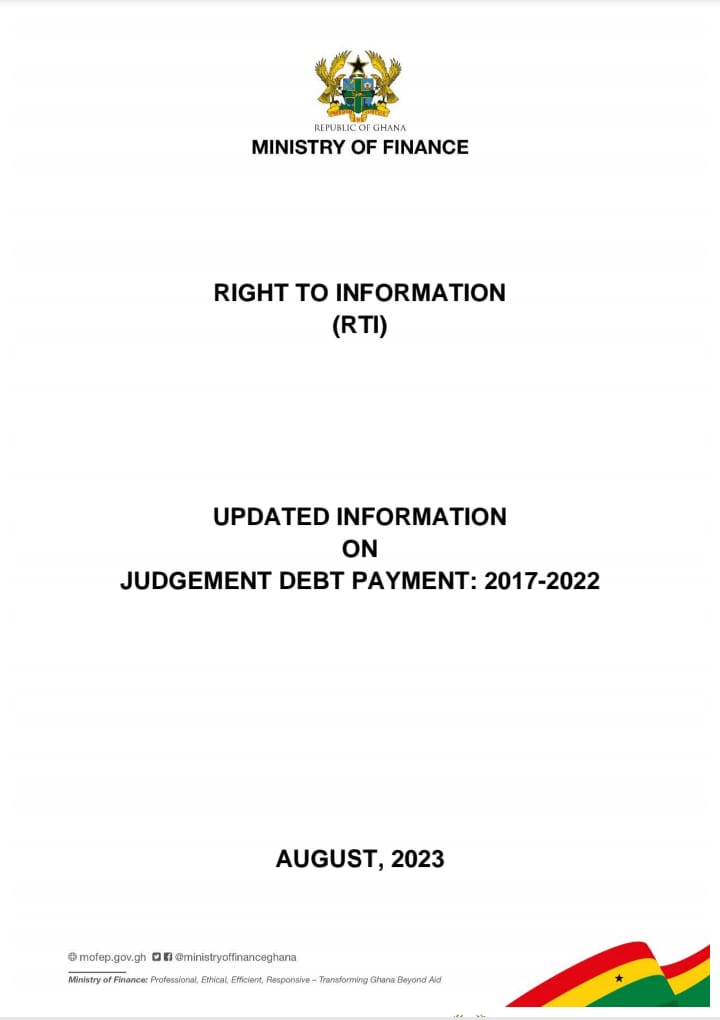
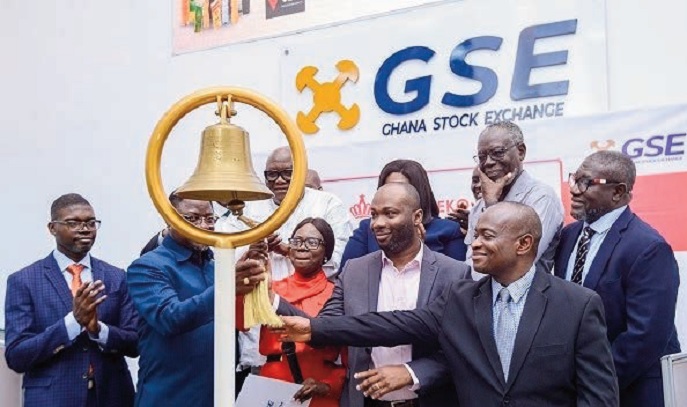


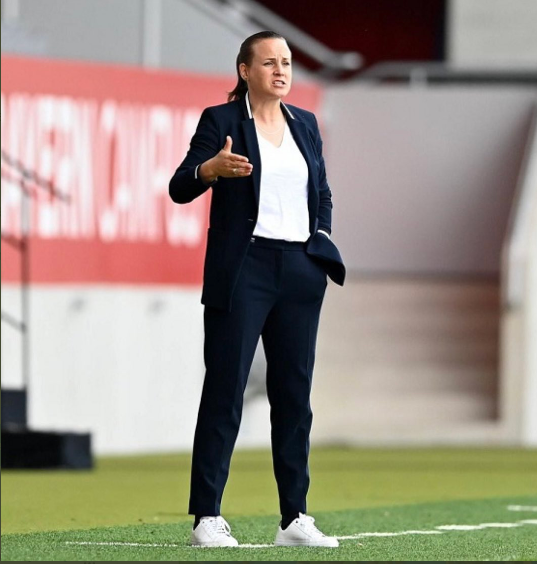


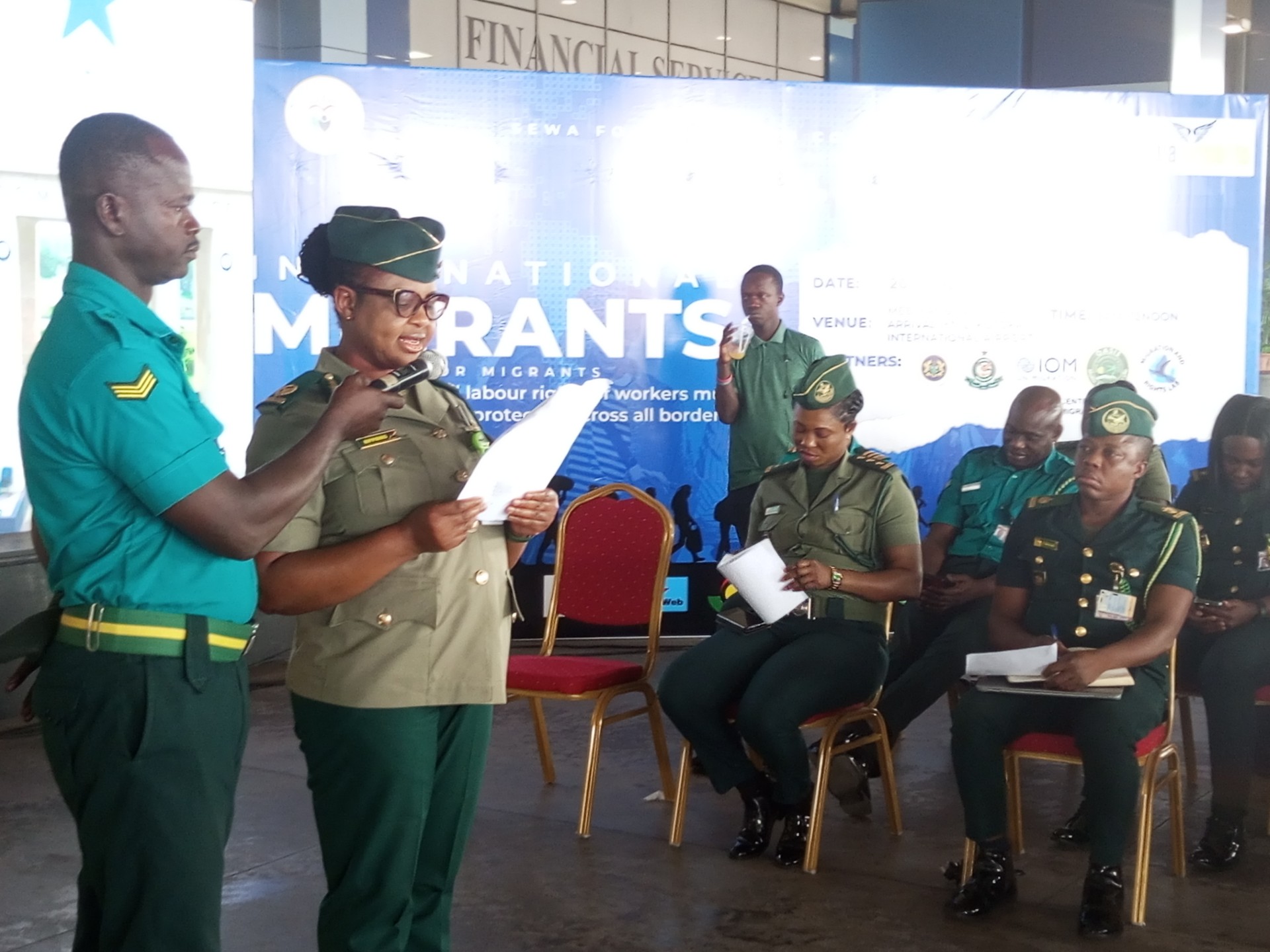
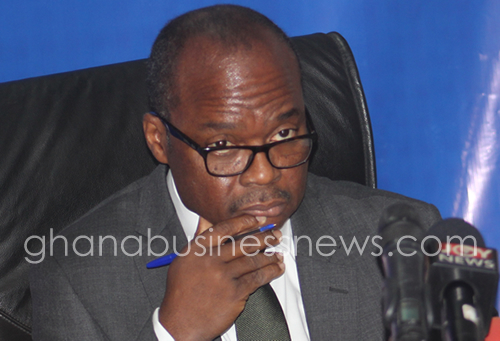




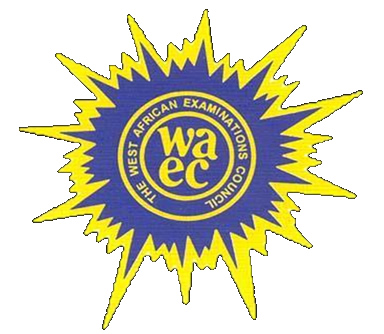

Facebook
Twitter
Pinterest
Instagram
Google+
YouTube
LinkedIn
RSS